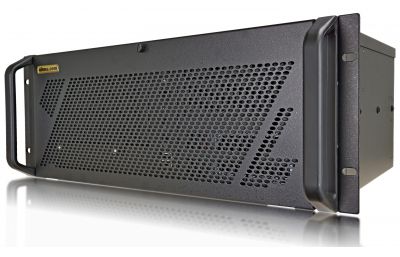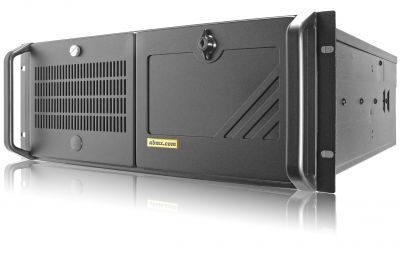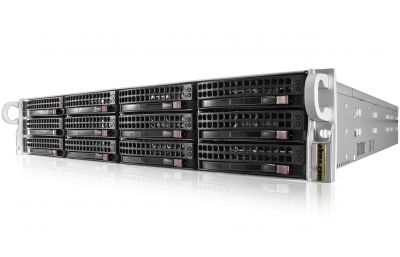RAID1
 RAID1 is a “Mirrored set without parity” which provides 1:1 redundancy for a system’s data. It provides full redundancy from disk errors and failure of all but one of the drives. Contains an increased in read performance when used by a multi-threaded operating system that supports split seeks, though there is a very slight performance penalty when writing data to the array. The array will continue to run as long as at least a single survivor of the array exists. A minimum of 2 drives is required, and some devices may not even support more then 2 drives to create such an array.
RAID1 is a “Mirrored set without parity” which provides 1:1 redundancy for a system’s data. It provides full redundancy from disk errors and failure of all but one of the drives. Contains an increased in read performance when used by a multi-threaded operating system that supports split seeks, though there is a very slight performance penalty when writing data to the array. The array will continue to run as long as at least a single survivor of the array exists. A minimum of 2 drives is required, and some devices may not even support more then 2 drives to create such an array.
RAID0
 RAID0 is a “Striped set without parity” which actually provides no redundancy, but does provide an increase in storage performance. If any individual drive should fail it would destroy the entire array. When the data is written to a RAID0 array, the data is broken into fragments which depends upon the number of drives in the array. Fragments are written to their drives simultaneously at the same position. Doing this permits smaller sections of the entire chunk of data to be read off the drive at the same, increasing speed/bandwidth. RAID0 does not contain any form error checking therefore any errors will be unrecoverable. More drives in the array means higher bandwidth, but greater risk of data loss. A minimum of 2 drives is required to achieve this configuration.
RAID0 is a “Striped set without parity” which actually provides no redundancy, but does provide an increase in storage performance. If any individual drive should fail it would destroy the entire array. When the data is written to a RAID0 array, the data is broken into fragments which depends upon the number of drives in the array. Fragments are written to their drives simultaneously at the same position. Doing this permits smaller sections of the entire chunk of data to be read off the drive at the same, increasing speed/bandwidth. RAID0 does not contain any form error checking therefore any errors will be unrecoverable. More drives in the array means higher bandwidth, but greater risk of data loss. A minimum of 2 drives is required to achieve this configuration.





